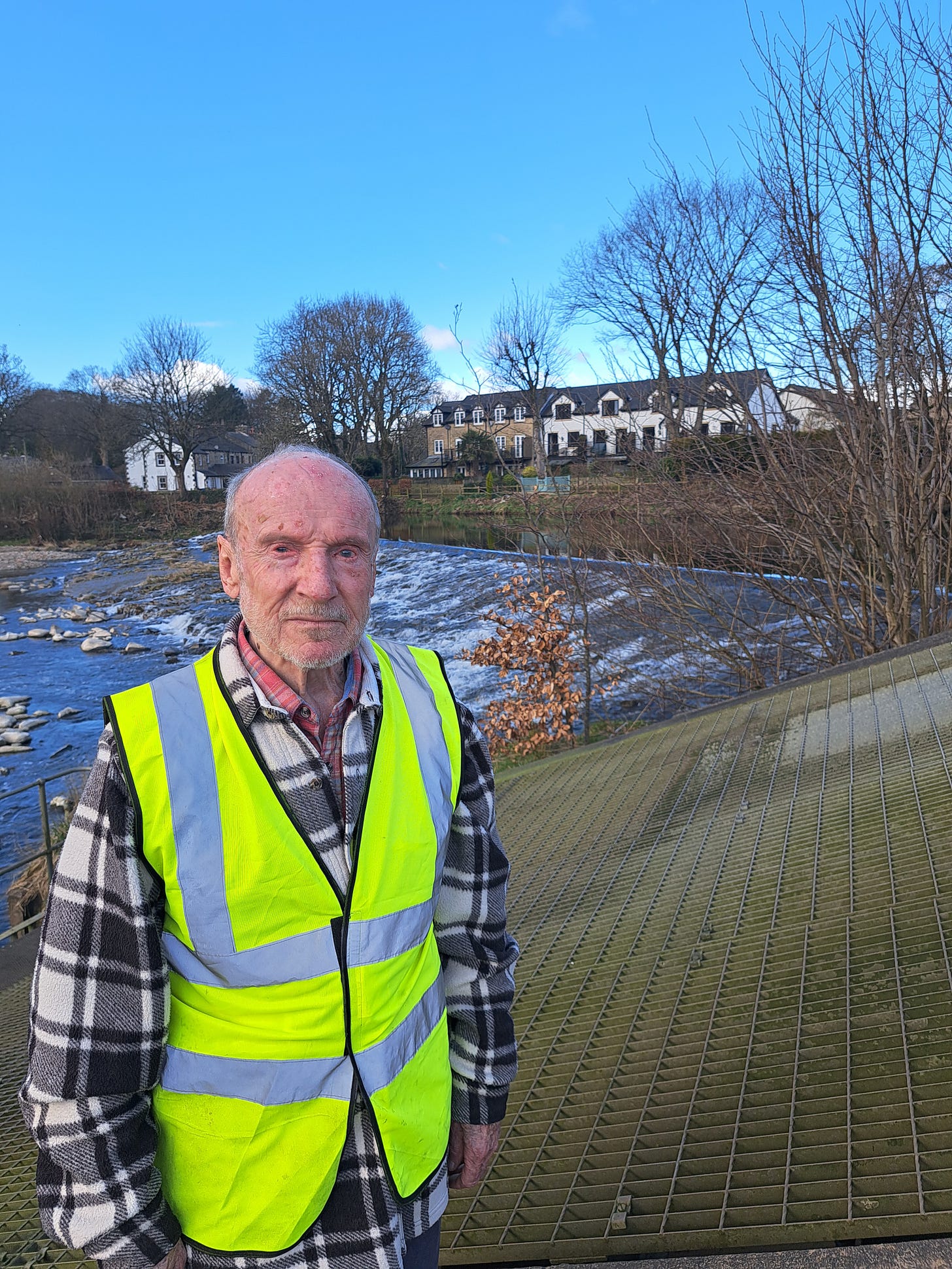A river is keeping a local school's lights on – is this a community solution to Britain's energy crisis?
Labour’s wants to make Britain a "clean energy superpower", Whalley Community Hydro scheme and others like it could set them on the right track.
Nestled in the Ribble Valley - consistently ranked as one of the UK’s best places to live - is Whalley, a large village built around the banks of the River Calder. And the community-based hydro scheme constantly turning in that river could be part of making the country a more …
Keep reading with a 7-day free trial
Subscribe to The Lead to keep reading this post and get 7 days of free access to the full post archives.




